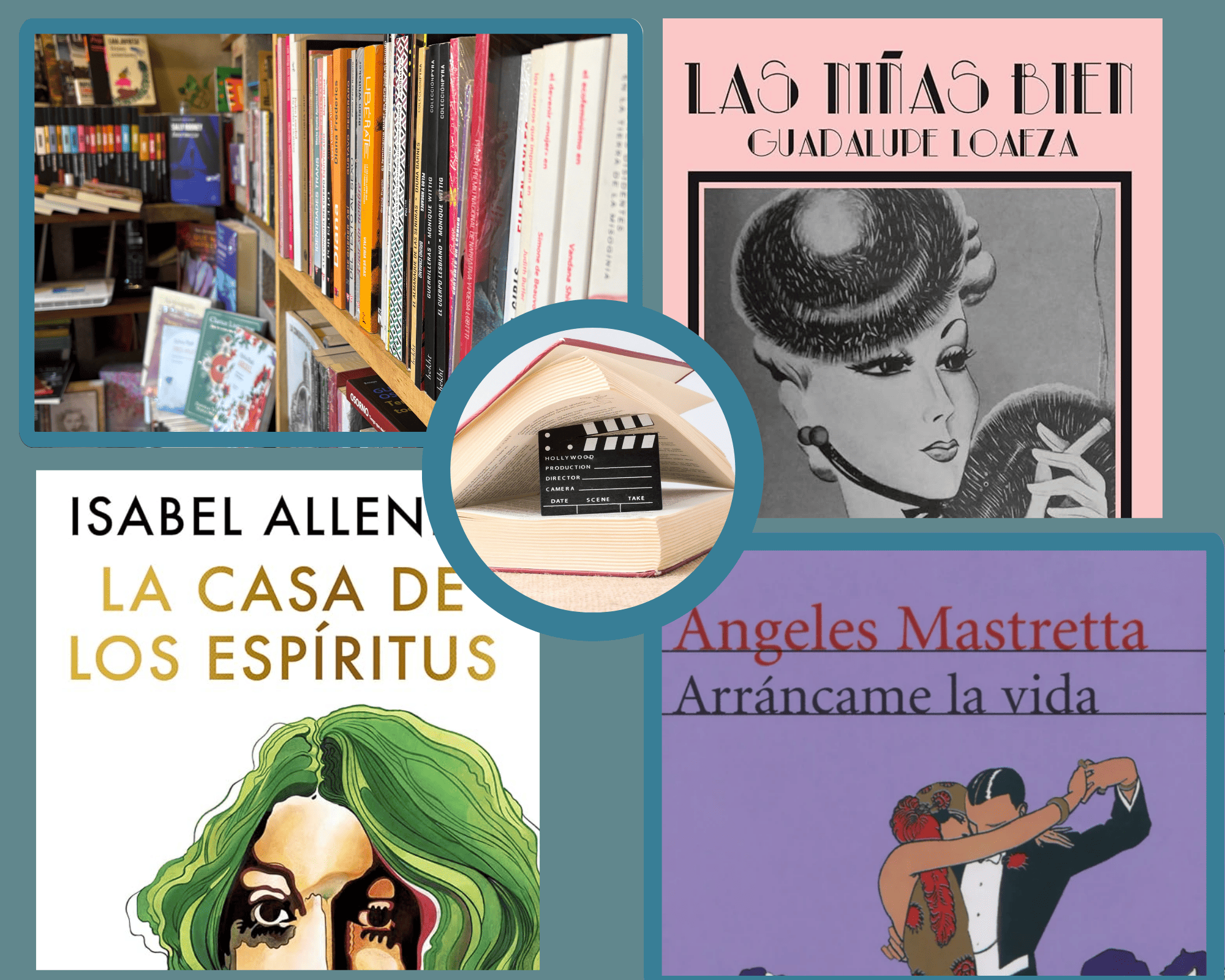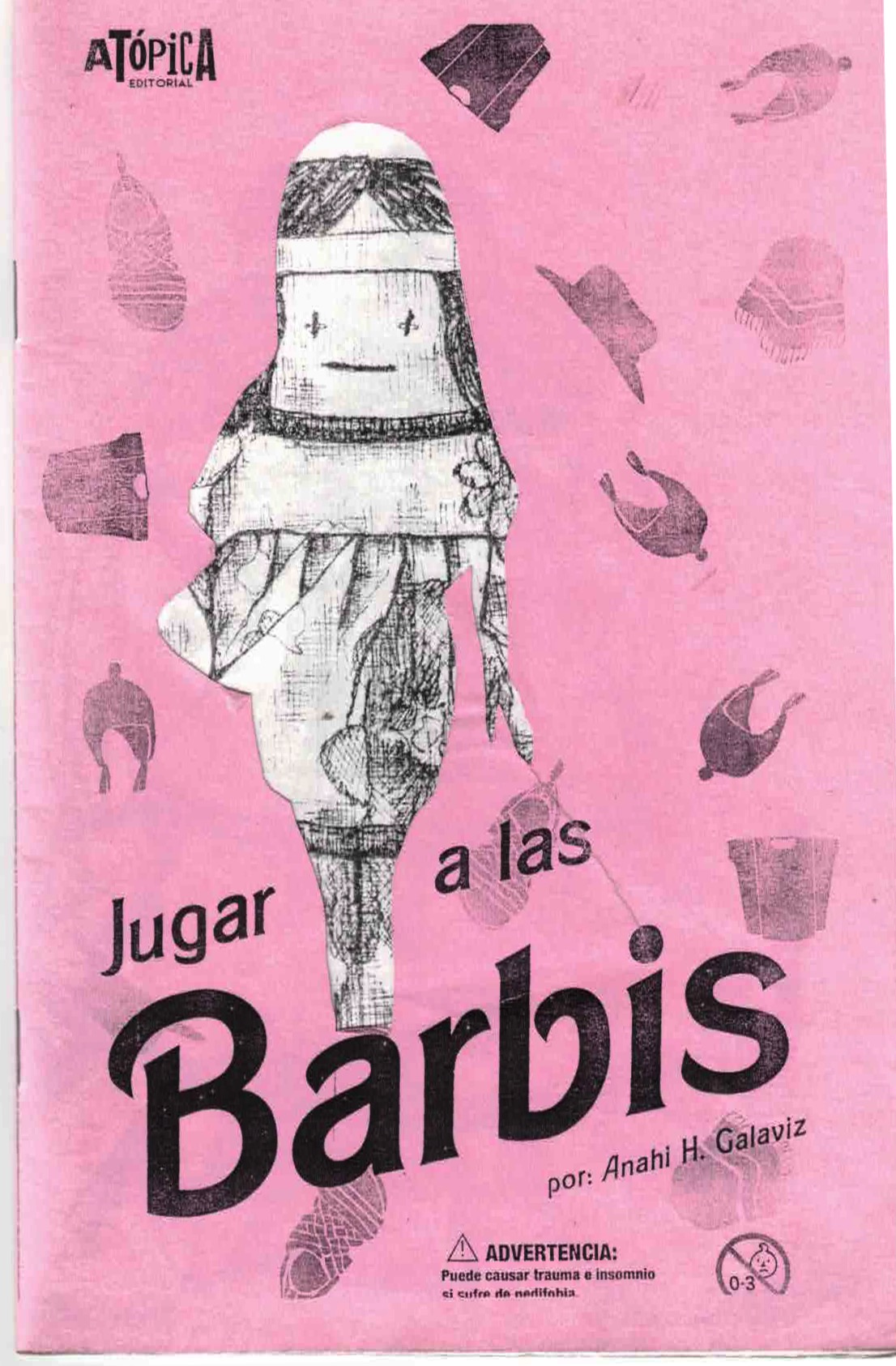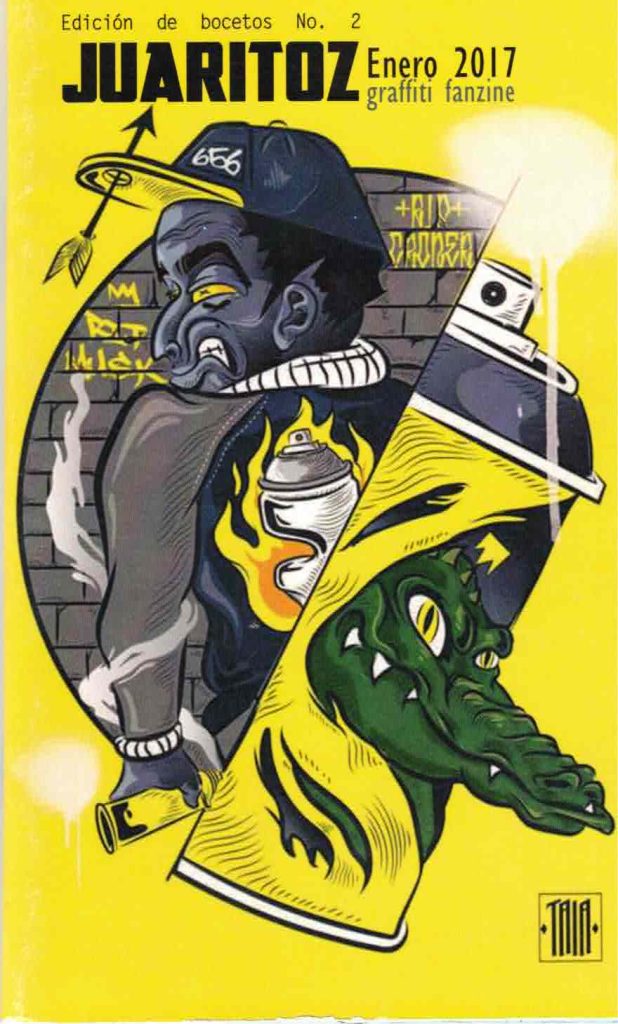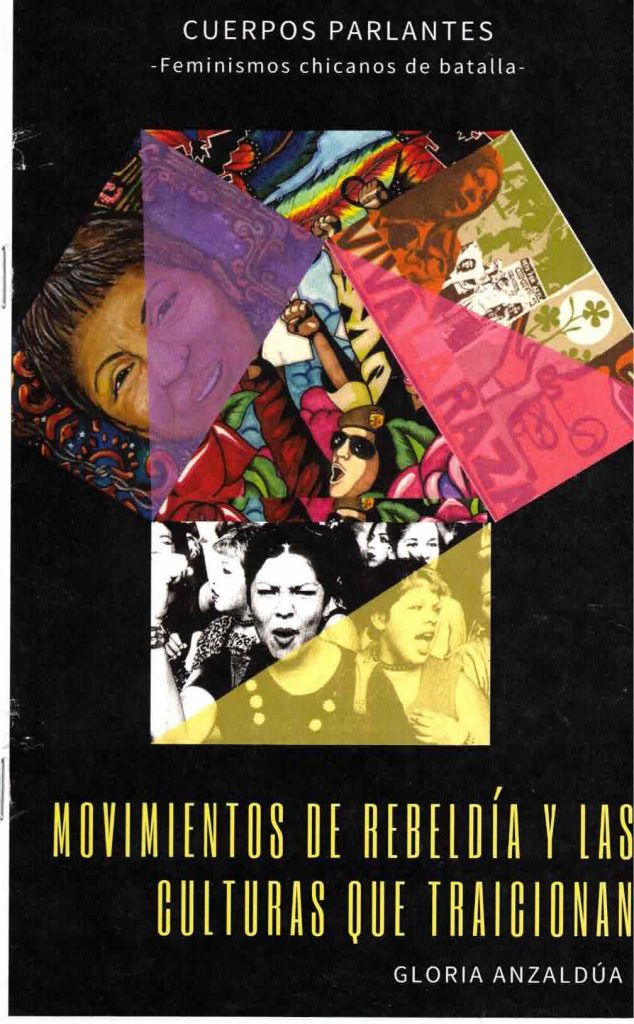Movies You Didn’t Know Were Books First
It’s no secret that many movies are based on books. Global blockbusters like The Lord of the Rings or Harry Potter have proven how powerful a great story from the page can be on the big screen. But what about Spanish-language books that aren’t part of a saga, aren’t young adult, and haven’t built a cult following?
Here are three outstanding Mexican and Latin American novels that made their way to the screen—books you may not have realized inspired incredible films, and that are definitely worth reading.
ꕥꕥꕥꕥꕥꕥꕥꕥꕥꕥꕥꕥꕥꕥꕥꕥꕥꕥꕥꕥꕥꕥꕥꕥꕥꕥꕥꕥꕥꕥꕥꕥꕥꕥꕥꕥꕥꕥꕥꕥꕥꕥꕥꕥꕥꕥꕥꕥꕥꕥꕥ
“Las niñas bien” by Guadalupe Loaeza
This was the debut book by Guadalupe Loaeza, offering a sharp, satirical look at Mexico’s upper class. A key piece for understanding the idiosyncrasies, contradictions, and worldview of this elite sector of society, it also helps us reflect on the present through stories shaped by financial crises. The film adaptation, directed by Alejandra Márquez Abella, follows Sofía, a woman trying to keep up appearances after the 1982 Mexican economic crash. The film stars Ilse Salas, Cassandra Ciangherotti, Paulina Gaitán, and Johanna Murillo
ꕥꕥꕥꕥꕥꕥꕥꕥꕥꕥꕥꕥꕥꕥꕥꕥꕥꕥꕥꕥꕥꕥꕥꕥꕥꕥꕥꕥꕥꕥꕥꕥꕥꕥꕥꕥꕥꕥꕥꕥꕥꕥꕥꕥꕥꕥꕥꕥꕥꕥꕥ
“The House of the Spirits” by Isabel Allende
Isabel Allende’s first novel tells the story of a powerful family in an unnamed Latin American country. It follows Esteban, a proud and volatile man obsessed with land and his mysterious wife Clara, who possesses supernatural abilities; their daughter Blanca, in love with her father’s foreman’s son; and Alba, the granddaughter who brings the family saga full circle. The film adaptation from 1993, directed by Bille August, features a stellar international cast including Jeremy Irons, Meryl Streep, Glenn Close, Winona Ryder, and Antonio Banderas.
ꕥꕥꕥꕥꕥꕥꕥꕥꕥꕥꕥꕥꕥꕥꕥꕥꕥꕥꕥꕥꕥꕥꕥꕥꕥꕥꕥꕥꕥꕥꕥꕥꕥꕥꕥꕥꕥꕥꕥꕥꕥꕥꕥꕥꕥꕥꕥꕥꕥꕥꕥ
“Tear This Heart Out” by Ángeles Mastretta
In this powerful feminist novel, Ángeles Mastretta introduces us to Catalina, a passionate young woman who marries a powerful politician in post-revolutionary Mexico. Caught in a society where women are expected to be beautiful but silent, Catalina begins to rebel, seeking love and meaning on her own terms. The film version, directed by Roberto Sneider, premiered in 2008 with performances by Ana Claudia Talancón, Daniel Giménez Cacho, José María de Tavira, and Irene Azuela.

☆☆☆☆☆☆☆☆☆☆☆☆☆☆☆☆☆☆☆☆☆☆☆☆☆☆☆☆☆☆☆☆☆☆☆☆☆☆☆☆☆☆☆☆☆☆☆
Some of this list probably surprised you (and of course it could!). If you’ve already seen these productions but haven’t read the books, we assure you that delving into them will be a transformative experience. And if you haven’t seen them before, both in print and on screen, these stories will fascinate you.







